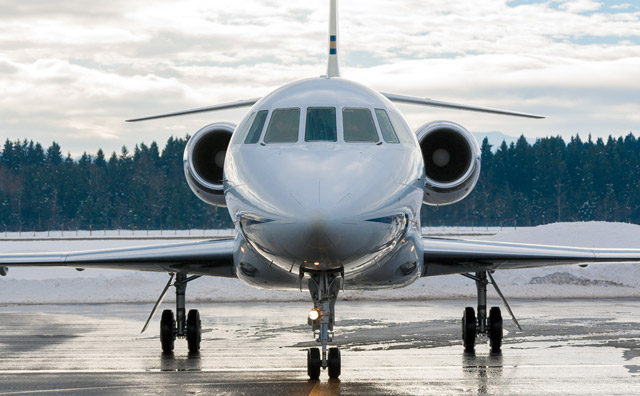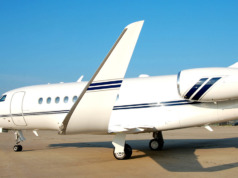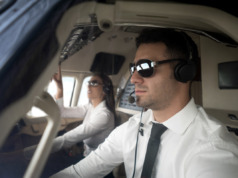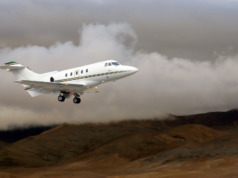
Unless you always fly only below 10,000 feet, and only between or among small rural airports, it’s time to finalize your Automatic Dependent Surveillance-Broadcast (ADS-B) compliance plans.
The business aviation industry has been talking about ADS-B for the last decade, and the January 1, 2020, mandate deadline is fast approaching. Aircraft owners and operators who want to avoid being grounded as of that date need to act promptly.
What is ADS-B?
In May 2010, the FAA published its final rule mandating that aircraft be equipped with ADS-B Out, with the goal of making crowded skies safer and more efficient. (See “NextGen – Why?”, BAA Jan/Feb 2015).
Already required in several foreign countries, ADS-B is a relatively new technology that provides Air Traffic Control (ATC) with precise, three-dimensional position data. ADS-B transmissions include the aircraft’s position, altitude, and velocity, identification, and other information, and are more accurate than ground-based radar. And, pilots in equipped aircraft have access to air traffic and weather services, providing a new level of safety, better situational awareness, and more efficient routing.
The ADS-B Out mandate requires all aircraft operating in U.S. airspace to have a certified GPS position source paired with a transponder capable of transmitting data from the aircraft without prompting from the pilot or a request from ATC.
What If You Miss The Deadline?
If you plan to fly above 10,000 feet, and in FAA-designated Class A, B, or C airspace (which includes nearly every large and mid-sized, as well as many smaller, U.S. airports), you will be notified that your non-compliant aircraft is grounded. After the deadline, on a case-by-case basis, ATC may give specific permission to relocate your aircraft in order to have it modified for compliance with the mandate.
The Myths About ADS-B
Nearly 9,000 business aircraft need ADS-B. As of now, about one-third are in compliance, and 6,000 more need to upgrade. With the deadline just 34 months away, more than 175 aircraft on average will need upgrading each month. Those operators who continue to wait will face scheduling pressure and higher installation costs. Yet many believe one or more of these currently circulating myths:
- There’s plenty of time to upgrade.
Look back to 2005 and the FAA’s Reduced Vertical Separation Minimum (RVSM) mandate, when capable avionics installation facilities were at capacity 24 months before the mandate deadline and for a full 12 months after. ADS-B installations are similar to RVSM in complexity and downtime. There simply isn’t enough industry capacity to complete the number of modifications still required. Aircraft will be sitting and waiting for modification after January 1, 2020. Don’t let yours be among them. - The deadline will be extended.
FAA Administrator Michael Huerta and other industry leaders have repeatedly stated that the mandate deadline will not change. It is prudent to expect that the deadline will not be extended. - The prices will drop.
Installation shops and aircraft manufacturers are collaborating to meet demand, and you now still enjoy a wide array of choices and price points for equipping your aircraft. With increased demand for equipment and labor, expect prices to rise as the deadline moves closer. - I’m planning to sell my aircraft, so I don’t need to do this.
For most models, the preowned business aircraft market is still very buyer-oriented. If you don’t upgrade to ADS-B before the sale, the price you will be able to ask for your aircraft will be significantly less than if it has ADS-B.
Be Forewarned
During the final RVSM-mandate days, many owners sought immediate appointments, and solidly booked facilities had no choice but to turn them away. Understand the risks you face by delaying ADS-B compliance, and plan now to meet the January 1, 2020 mandate. BAA
Matt Nelson, Duncan Aviation’s Satellite Operations Manager and an ADS-B and NextGen expert, has 30 years’ experience in avionics and 20 years working on business aircraft in some of the busiest airports in the U.S.




